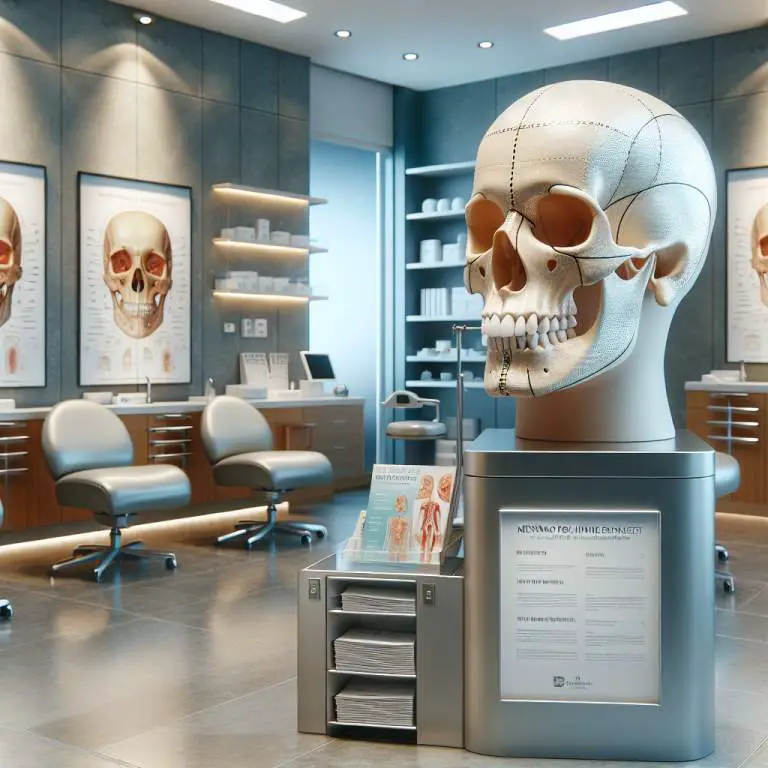Can mewing affect the lower face more than the upper face?
Yes, mewing can affect the lower face more than the upper face. This technique mainly targets the jawline and chin area by promoting proper tongue posture and jaw alignment. People practicing mewing often notice improvements in their lower facial aesthetics, such as a more defined jawline, compared to changes in the upper face.

How does mewing work to reshape the face?
Mewing is a technique that involves placing your tongue against the roof of your mouth. This position is supposed to help shape the bones in your face over time. The idea is that by keeping your tongue in this spot, you can change how your face looks.
When you practice mewing, you’re also supposed to keep your lips together and teeth slightly touching. This way of holding your mouth is said to help with breathing through your nose too. People think that doing these things can make a big difference in how your face is shaped.
What are the specific effects of mewing on the jawline?
Mewing is believed to have a big impact on the jawline. By pushing up with your tongue and keeping it there, it’s thought that you can make your jawline look stronger and more defined. This could mean a sharper angle between your neck and jaw, which many people find attractive.
Over time, this technique might even help reduce any double chin appearance by tightening up the area under the chin. However, changes like these don’t happen overnight and require consistent effort.
Can mewing lead to changes in the cheekbones and midface area?
Yes, mewing might also affect the cheekbones and midface area. The pressure from consistently placing the tongue on the roof of the mouth could potentially encourage a slight reshaping or lifting of these areas. This could result in what some describe as a more “sculpted” facial appearance.
The idea here is that by changing how you use certain muscles in your face, you’re also influencing how those bones look and sit on your face. So, not only could your jawline become more defined but so could other parts of your face like cheekbones.
Is there scientific evidence supporting mewing’s effectiveness?
The truth about mewing is that there isn’t a lot of scientific research out there specifically about its effectiveness. Some dental professionals believe that since our faces continue to grow slowly into adulthood, techniques like mewing could have an impact over time.
However, most agree that more studies are needed to truly understand if mewing can reshape someone’s face as claimed. While there are plenty of personal stories online about positive changes from mewing, solid scientific proof is still lacking.
| Facial Area | Effects of Mewing |
|---|---|
| Jawline | Potentially more defined and sharper appearance |
| Chin | Possible forward projection improvement |
| Cheekbones | May appear more lifted and pronounced due to altered muscle tension |
| Nasolabial Fold (Smile Lines) | Can become less pronounced with improved muscle tone in the midface area |
| Neck (Under Chin Area) | Reduced appearance of a double chin through better posture and tongue positioning |
How long does it take to see results from mewing, particularly in the lower face?
Seeing results from mewing, especially in the lower face, varies greatly among individuals. Some people may notice changes within a few months, while others might need to practice mewing for a year or more to see visible improvements. The process is gradual and requires consistent effort.
The time it takes to observe changes also depends on factors like age and how correctly the technique is applied. Younger individuals tend to see results faster due to their more pliable bone structure. Proper technique is crucial for effectiveness, emphasizing the importance of understanding and applying mewing correctly.
Are there any risks or potential side effects associated with mewing?
Mewing, when done correctly, is generally considered safe. However, incorrect techniques can lead to potential risks or side effects. For instance, applying too much pressure with the tongue or incorrectly positioning it can cause discomfort or even pain in the jaw and teeth.
Additionally, overemphasis on mewing without professional guidance might lead to temporomandibular joint (TMJ) issues or exacerbate existing dental problems. It’s important for individuals to research properly and consult with dental or orthodontic professionals if they have concerns about their practices.
What techniques can enhance mewing’s effects on the lower face?
To enhance mewing’s effects on the lower face, incorporating proper posture is key. Maintaining a straight back and aligned head position can complement the tongue’s placement and pressure, potentially improving results. This holistic approach helps in achieving a more defined jawline by synergizing facial and postural adjustments.
Another technique involves practicing chin tucks along with mewing. Chin tucks can strengthen neck muscles and further define the jawline by creating a better angle between the neck and jaw. Combining these exercises with consistent mewing practice could amplify its impact on reshaping the lower face.
Final Thoughts
Mewing offers a natural approach to reshaping the lower face by repositioning the tongue against the palate consistently. While individual results vary widely based on several factors including age, genetics, and technique adherence, patience and persistence are key components of success.
Risks associated with incorrect mewing practices highlight the importance of education on proper technique and possibly consulting professionals for guidance. Incorporating additional exercises like good posture maintenance and chin tucks may enhance outcomes for those committed to seeing changes through this method.






